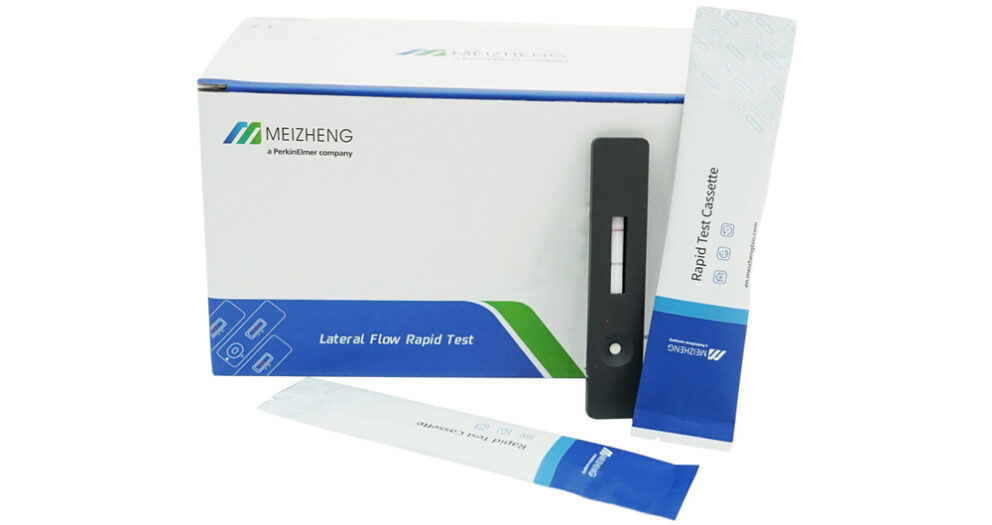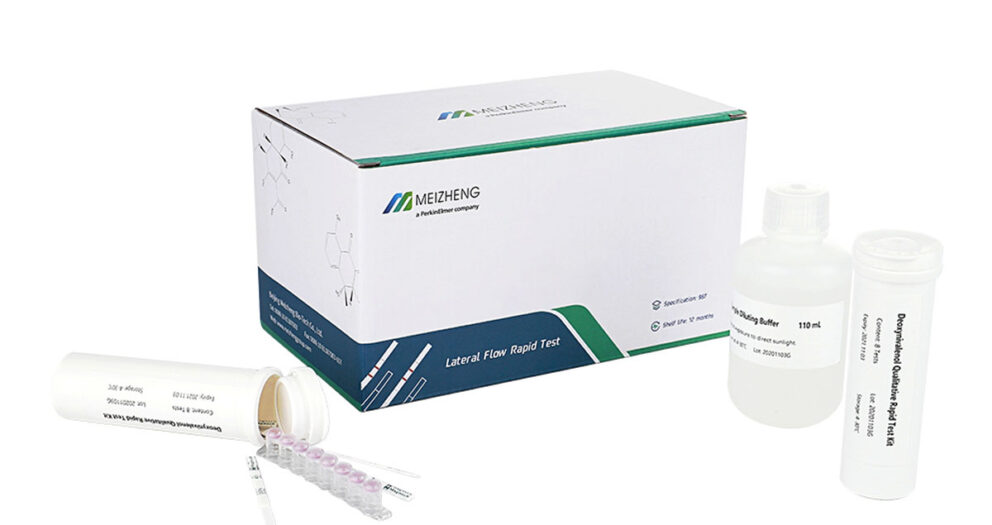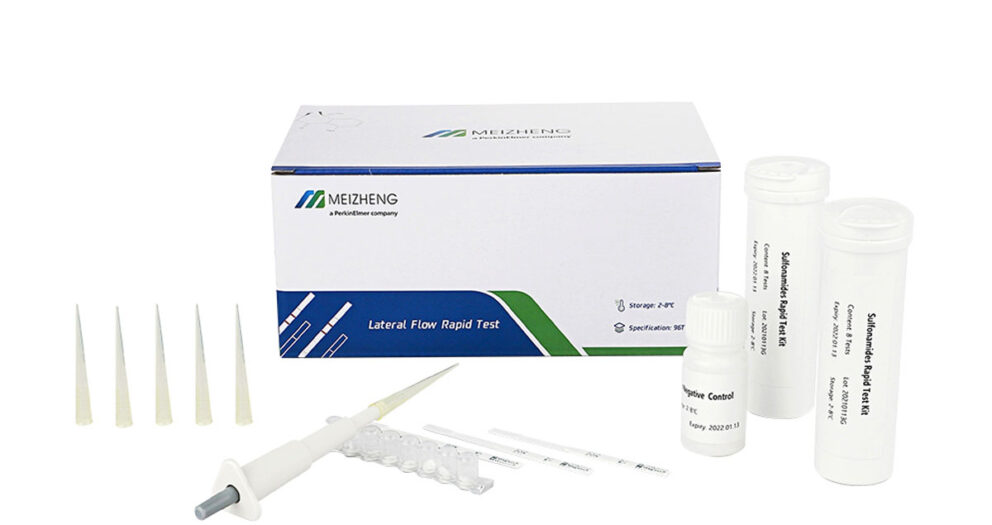Traditional detection method
1. Agar plate culture method
Depending on the medium, the agar plate method is divided into the selective medium detection method and the chromogenic medium detection method. Selective medium is to add selective inhibitors to the medium to inhibit the growth of non-target microorganisms; chromogenic medium is to add a chromogenic substrate of bacterial-specific enzymes to the medium to distinguish target colonies from non-target colonies by colony color. colonies.
2. Microscopic examination
After the microorganisms in the sample to be tested are enriched, they are directly counted under the oil lens. Microscopic examination is usually used in combination with the agar plate culture method. The colonies are qualitatively analyzed by the agar plate culture method, and then quantitatively counted by a microscope. Although traditional testing methods have low requirements for equipment and low technical content, they are time-consuming and labor-intensive. Generally, testing laboratories can reasonably select testing methods according to the actual situation, without being bound by the form of method selection.
3. Microbial test piece detection technology
In general, microbial test strips consist of a polypropylene film printed with a grid and a polyethylene film covered with a culture medium and a chromogenic substance. After the sample to be tested is processed, it can be directly inoculated on the microbial test piece, and then placed at a suitable temperature for cultivation—so that the chromogenic substance immobilized on the test piece reacts with the specific enzyme produced by the growth of the microorganism to be tested, forming a chromogenic reaction. Colored colonies can be detected by counting these colonies.
The test piece method is typical colony, easy to interpret, and because of its simple operation and intuitive counting, most of them can shorten the culture cycle and obtain results quickly, and there are fewer manual operation links and a high degree of commercialization, which avoids large errors caused by human factors. shortcoming.
The test strip method is one of the most mature rapid detection methods for foodborne microorganisms. For some heat-sensitive bacteria, since the test piece is kept at room temperature during the entire operation, thermal damage can be effectively avoided, so it can provide more accurate counting results. The test strips can detect the total number of colonies, coliform and Escherichia coli counts, mold and yeast counts, Enterobacteriaceae counts, Staphylococcus aureus and Salmonella, etc., and the correlation between the microbial test strips and traditional detection methods is very good, There were no statistically significant differences.
At present, because of its quick and easy characteristics, it has been widely used in my country’s food industry and the detection of environment, process and finished products. However, due to the status quo of my country’s national standards – the detection method is a mandatory standard, this method is currently only used for factory internal control. Here, based on the characteristics of industry needs, it is called for the improvement of national standards in the future and the addition of more simple and equivalent methods, so that more testing industries can flexibly apply microbial testing methods according to their own characteristics.
View more microbiology test kits.







